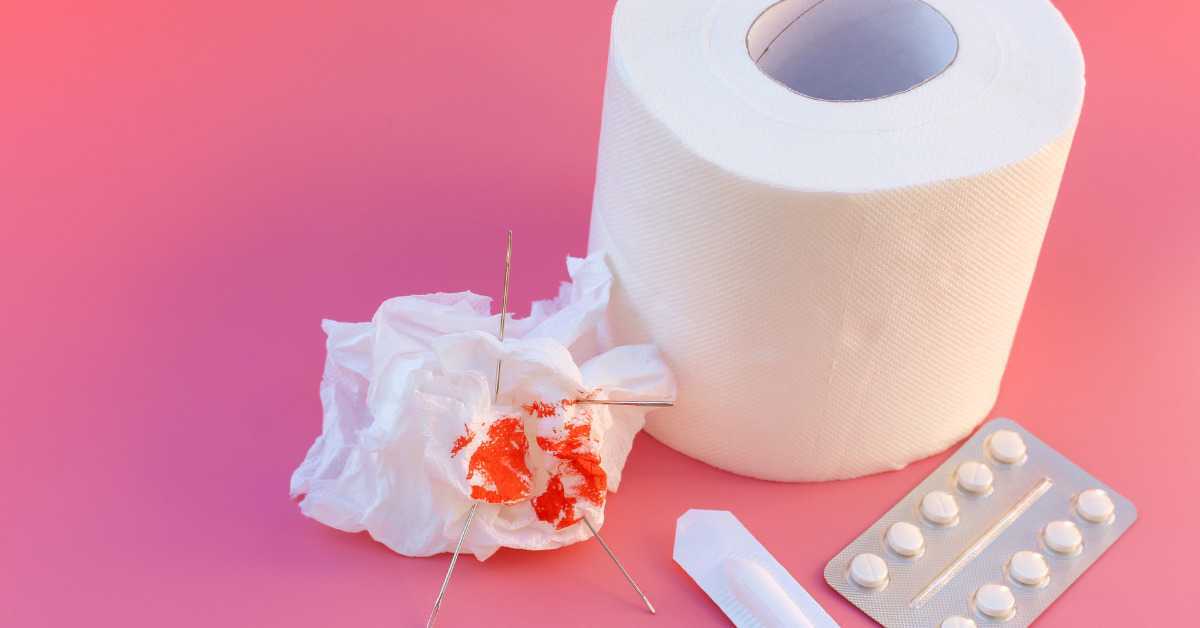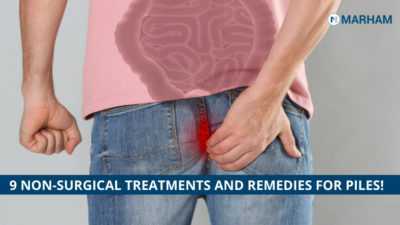Surgeries are not only painful and scary but they also cost a lot. Luckily, not all types of piles require surgery. So, if you have this condition and are wondering how to get rid of piles without surgery then keep on reading.
In this health blog, we have listed all the information piles and all the treatment options other than surgery.
What are Piles?
Piles (Bawaseer) are simply swellings or protrusions of blood vessels and tissue that form in the anal canal. They’re also called hemorrhoids. Many people have them at some point in their lives, but they usually go away on their own.
Piles often develop when people strain too much during bowel movements. They also commonly occur in pregnant women, because the extra weight on the pelvic area may increase pressure on the anal canal.
People who are overweight or obese also have a higher risk of developing piles. Other risk factors for piles include:
- Chronic constipation or diarrhea
- Straining during bowel movements
- Sitting for long periods of time on the toilet
- Family history of piles
Also, see the causes of Piles or Hemorrhoids
Types of Piles:
There are four main types of piles, or hemorrhoids: internal, external, thrombosed and prolapsed.
- Internal piles: They are located inside the rectum and usually don’t cause too much discomfort. However, they can bleed.
- External piles: They are located under the skin around the anus and can often be painful, itchy, or bleeding.
- Thrombosed piles: These are usually external and can be very painful. They occur when the blood supply to the hemorrhoid is cut off and a blood clot forms.
- Prolapsed piles: They are internal hemorrhoids that bulge out of the anus. They can be painful and may need to be removed.
If you think you may have hemorrhoids, it’s important to see your doctor so they can diagnose and treat the problem. Click here to book an online appointment with a doctor via Marham now!
How to Get Rid of Piles Without Surgery?
If you’re someone who suffers from piles, you know how painful and uncomfortable they can be. You may have even considered surgery to get rid of them. But there are ways to get rid of piles without surgery.


Here are some things you can do to get rid of your piles:
At-home Treatments and Remedies for Piles:
If you’re looking for at-home treatments and remedies for piles, there are a few things you can try, including:
1. OCT Creams and Ointments:
There are a number of over-the-counter creams and ointments available that can help with hemorrhoids. Look for products that contain ingredients like witch hazel, cocoa butter, or hydrocortisone. Apply the cream or ointment to your anus and surrounding area as directed.
2. Sitz Baths:
A sitz bath is a small tub that you can use to soak your anus and surrounding area. These baths can help soothe the pain and itching associated with hemorrhoids. You can purchase a sitz bath at most pharmacies or online retailers.
3. High-Fiber Diet:
Eating a high-fiber diet is one of the best things you can do to prevent and treat hemorrhoids. Fiber helps to soften stool and prevents constipation, which can worsen hemorrhoids.
Good sources of fiber include fruits, vegetables, whole grains, and legumes. Aim for at least 25 grams of fiber per day.
4. Aloe Vera:
Aloe Vera has anti-inflammatory properties that can help to soothe and heal hemorrhoids. Apply a small amount of aloe vera gel to your anus and surrounding area as needed.
You can also add a cup of aloe vera juice to your bath water for an extra soothing sitz bath.
5. Tea Tree Oil:
Tea tree oil has antiseptic and anti-inflammatory properties that can help to heal hemorrhoids. Apply a small amount of diluted tea tree oil to your anus and surrounding area as needed. You can also add a few drops of tea tree oil to your sitz bath water for extra relief.
6. Apple Cider Vinegar:
Apple cider vinegar has astringent properties that can help to shrink hemorrhoids. Soak a cotton ball in apple cider vinegar and apply it to the affected area for a few minutes.
Do this several times a day until you see improvement. You can also add a cup of apple cider vinegar to your sitz bath water.
These are just a few of the at-home treatments and remedies for hemorrhoids. If you don’t see improvement with these methods, or if your symptoms are severe, be sure to talk to your doctor. They can recommend other treatment options that may be more effective for you.
Non-surgical Medical Treatments for Piles
“If there’s no improvement to your piles after home treatments, you may need hospital treatment.” –NHS
Some common treatments for piles other than surgery are:
7. Rubber Band Ligation:
This is a common and effective non-surgical treatment for piles, also known as hemorrhoids. The pile is gently lifted into the anal canal and a rubber band is placed around the base, cutting off its blood supply. The pile then shrinks and falls off, usually within a week.
8. Sclerotherapy:
This involves injecting a chemical solution into the blood vessels around the piles, which makes them shrink. It can be effective for both internal and external hemorrhoids.
9. Infrared Photocoagulation:
This treatment uses infrared light to heat up and destroy the blood vessels around the pile, causing it to shrink. It is usually only effective for small to medium-sized hemorrhoids.
The Bottom Line
If you are suffering from piles, there are a number of non-surgical treatments that may be effective for you. Talk to your doctor about which treatment would be best for you based on the severity of your condition.
Can’t Find the App?
| Android | IOS |
|---|---|
  |
  |
FAQs
Can piles be cured without surgery?
Surgery is always considered a last resort for piles, but in some cases, it may be the only way to find relief from your symptoms. It depends on the type and severity of your piles.
What is the quickest way to get rid of piles?
There are some methods that may help to speed up the healing process for piles, such as applying a hemorrhoid cream or ointment to the affected area and soaking in a warm bath.
Do piles go away on their own?
While some people find that their piles go away on their own without any intervention, others, may need medical treatment to find relief.

